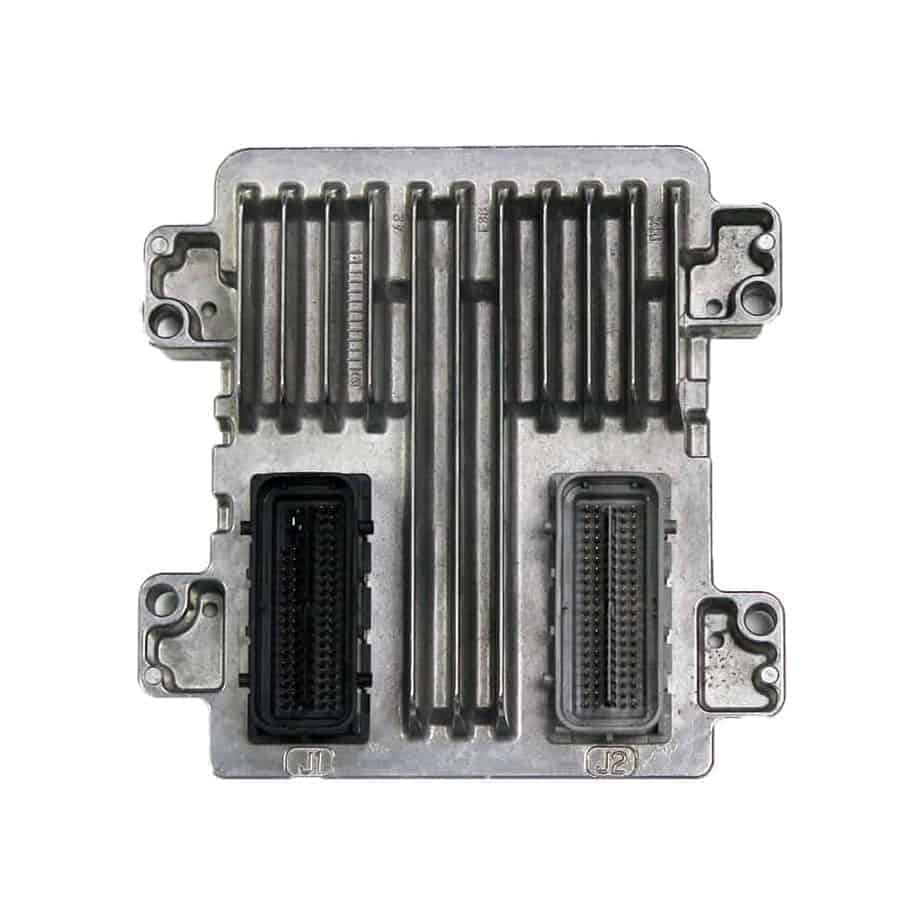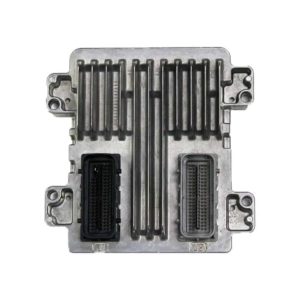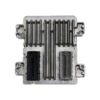Diagnosing the Ghost in Your Machine: A Failing ECM
As a technician with over two decades of experience under the hood, I’ve seen it all. But few things are as frustrating for a truck owner as an intermittent, hard-to-diagnose electrical problem. Your 2007 Sierra 3500 is a workhorse, but when its brain—the Engine Control Module (ECM)—starts to fail, it can feel like you’re chasing ghosts.
A Real-World Story: The Sierra That Wouldn’t Start
“A customer’s 2007 Sierra 3500 with the 6.0L came in last week on a tow truck. The complaint was ‘cranks but won’t start,’ but it was intermittent. The owner had already replaced the fuel pump and the crankshaft position sensor based on some forum advice. My scan tool couldn’t communicate with the ECM. That’s a massive red flag. After verifying power and ground to the module—which were good—it was clear the ECM itself had an internal failure. It wasn’t just dead; it was intermittently shorting the communication network, causing chaos. A new, properly programmed ECM had it running perfectly in under an hour.”
Common Symptoms of a Failing 2007 GM ECM
The ECM, often called the engine computer, is responsible for everything from fuel injector timing to transmission shift points. When it malfunctions, the symptoms can be widespread and often mimic other part failures. Here’s what I see most often in the shop:
- ✔ Check Engine Light: This is the most obvious sign, often with codes that point to communication errors (U-codes) or multiple, unrelated sensor failures.
- ✔ No-Start or Hard-Start Condition: The engine will turn over, but the ECM isn’t commanding the fuel injectors or ignition coils to fire.
- ✔ Poor Engine Performance: You might experience rough idling, stalling, hesitation, or a noticeable loss of power because the ECM can’t properly calculate air/fuel ratios.
- ✔ Erratic Transmission Shifting: On these trucks, the ECM works closely with the Transmission Control Module (TCM). A faulty ECM can send bad data, leading to harsh or incorrect shifts.
- ✔ Communication Loss: Just like in my story, if your mechanic’s professional scan tool can’t connect to the ECM, the module itself is almost always the culprit.
The Right Solution: A VIN-Programmed, Ready-to-Install ECM
Replacing an ECM isn’t just about swapping a box. In the past, you’d have to install a blank module and then have your truck towed to a dealership for expensive programming. We eliminate that entire process. This ECM is the definitive, hassle-free solution.
When you provide your vehicle’s 17-digit VIN, we do the critical work for you. We flash the module with the latest, most stable software updates directly from GM. This isn’t just a copy of your old software; it’s the newest version available, which often corrects factory bugs and improves performance and reliability.
Why Our Programming Service is Superior
- ✔ No Additional Fees: The price you see includes the professional programming service. No surprise trips to the dealer.
- ✔ Plug & Play Installation: Your module arrives ready to be installed. In most cases, you simply disconnect the battery, swap the modules, and reconnect the battery. The truck will start and run with the correct calibration for its specific options.
- ✔ Latest GM Software: We ensure your ECM has the most current software, addressing potential issues that were discovered after your truck left the factory.
- ✔ Guaranteed Compatibility: By using your VIN, we guarantee the module is programmed correctly for your engine, transmission, and emissions equipment.
Installation and Compatibility Check
On most 2007 GM trucks and SUVs like the Sierra, Silverado, Tahoe, and Suburban, the ECM is located on the driver’s side of the engine compartment, under the battery tray. While the physical swap is straightforward, always disconnect the negative battery terminal before starting work.
This ECM is a direct replacement for several part numbers. Please verify that your original module has one of these numbers printed on its label:
- ✔ 12589297
- ✔ 12597121
- ✔ 12603892
- ✔ 19210738
This module fits a wide range of 2007 GM vehicles, including the Escalade, Avalanche, Impala, Corvette, and many more, as detailed in the fitment list. Ordering this part is the first and most important step to restoring your vehicle’s performance and reliability.


